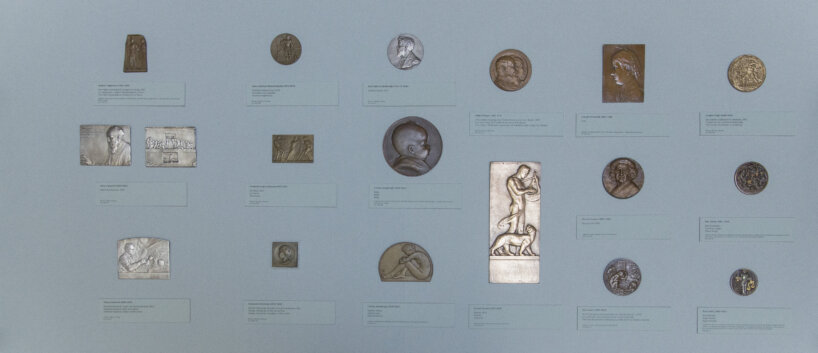The Museum of Fine Arts Ghent (MSK) has a collection of about 400 medals. Most this unique ensemble was purchased at the “Salon de la Médaille” of the world fairs in Brussels (1910) and Ghent (1913). The Ghent collection paints an accurate picture of (inter)national medal art in the late nineteenth and early twentieth century.
Selection of the museum’s collection of medals
Exhibition
01.09.16 – 31.12.17
01.09.16 – 31.12.17
